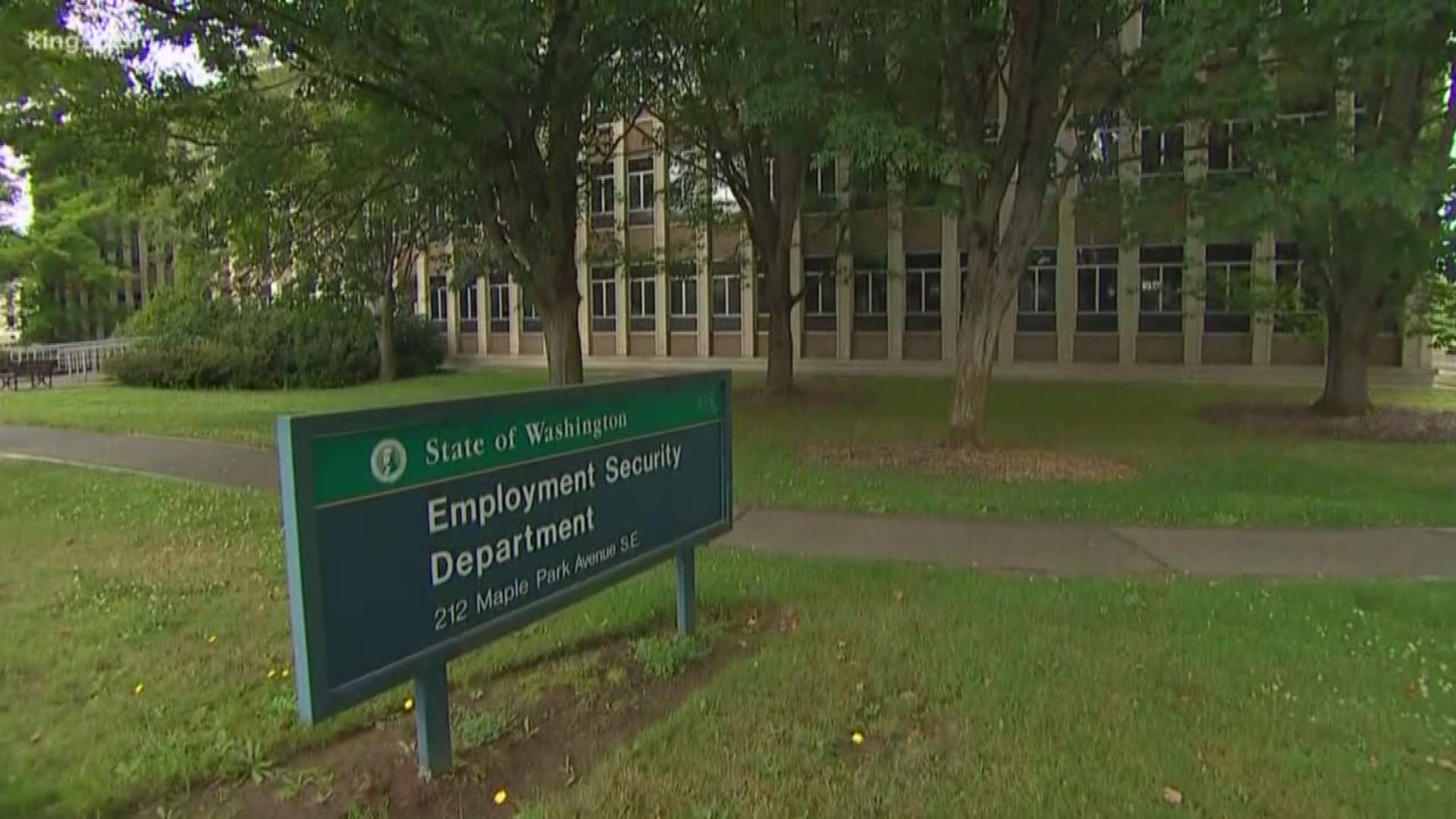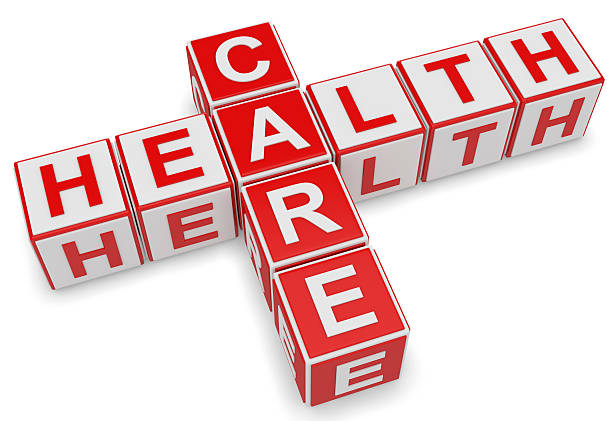As the number of reported new cases continues to moderate, and public health officials revise the number of predicted COVID-19 deaths downward, Governor Inslee and other state leaders should inform people of the metrics they will use to indicate when we can return to work. Public health comes first, but our elected leaders should have a plan for re-opening the economy so that families and business owners can get ready in the weeks ahead.
While the shuttering of the economy has caused widespread suffering, the lock-down itself carries its own health risks. Dentists and many doctors’ offices are closed to normal health services, thousands of surgeries and medical procedures have been delayed or cancelled, people have stopped accessing care for all but the most urgent conditions.
In addition, we should consider the rising stress levels from the lock-down, with increased incidents of domestic violence and harm to emotional well-being and mental health. For many people, concern about COVID-19 is balanced against experiencing the personal shock of a losing a good job or watching their carefully-nurtured small business close for good.
Given the ongoing level of economic and personal devastation, state leaders should start planning gradual steps to let people go back to work, consistent with standards of public health.
For example, a first step could be to let construction workers go back to work. Governor Inslee declined to recognize private-sector construction as an “essential service,” although he is allowing public-sector projects to continue. By providing equal treatment for private-sector construction workers, with social distancing guidelines, a vital sector of the economy could re-open in the near term.
Next, officials could allow limited manufacturing and office work resume, as long as reasonable social distancing is maintained. Employers could re-hire one-third or one-half of their pre-crisis workforce, to let at least some people start earning an income while avoiding close contact.
Third, we should protect vulnerable populations. In Washington state, 91% of coronavirus fatalities are patients over age 60, often with pre-existing health conditions. For most age groups the virus is less severe and much less deadly. This shows that with proper precautions most people could soon return to work without risking public health.
Lastly, retail, restaurants and other commercial spaces could re-open with reduced capacity to avoid crowding, until the threat of a severe resurgence has passed.
The strict social-separation measures adopted to fight the virus has caused one of the severest recessions in state history. About 485,000 Washingtonians have filed for unemployment – a record level. Nationally, 16.8 million Americans are out of work.
Nearly all of the economic pain caused by the lock-down has fallen on workers in the private sector, while state, local and federal employees continue to receive regular pay and benefits.
Now that the coronavirus is starting to come under control, the governor and state leaders should begin planning to phase out the lock-down and allow normal economic life to resume, consistent with public health standards,






